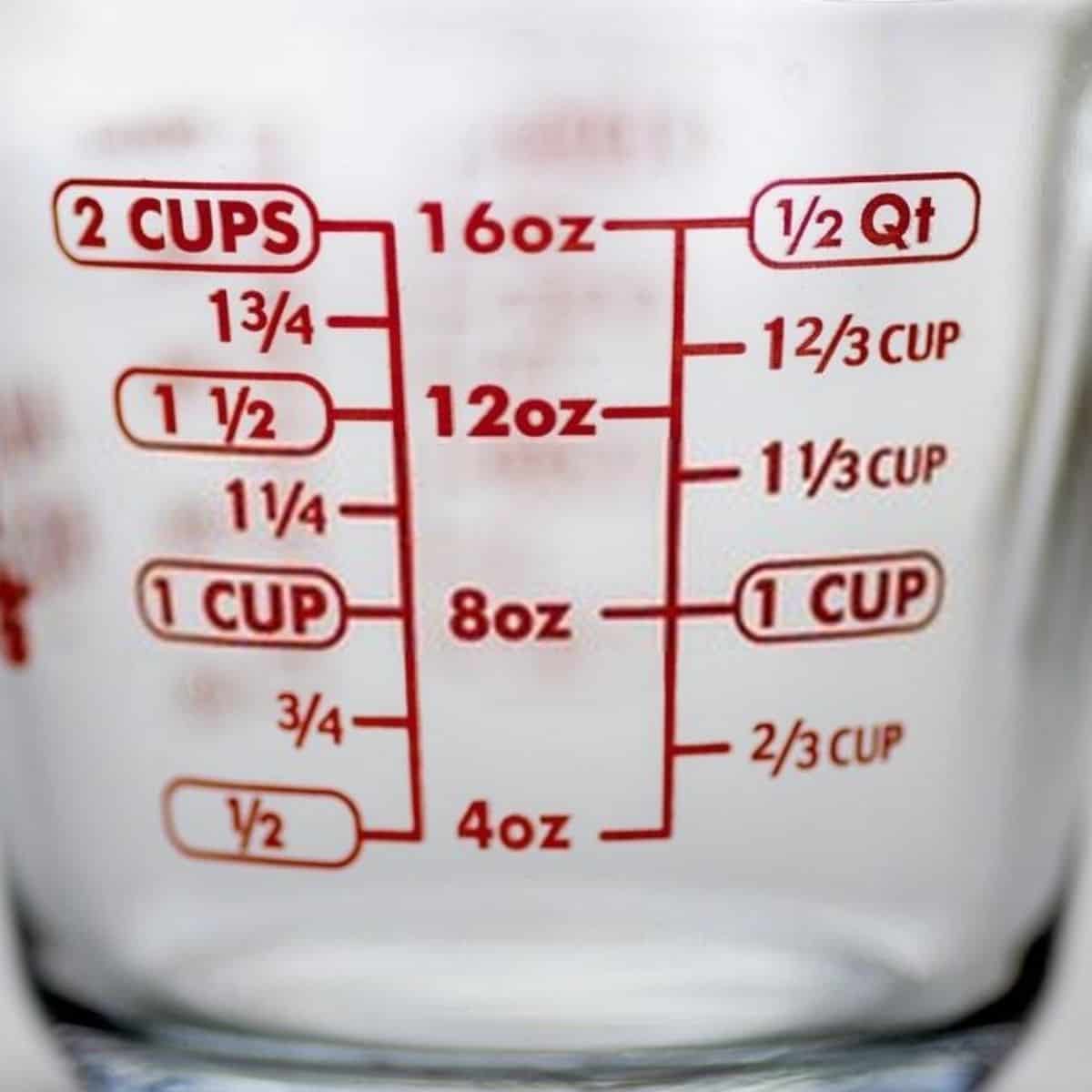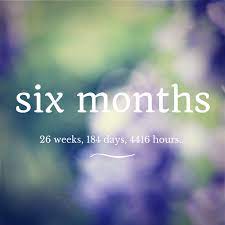Puzzles have been an age-old source of entertainment and mental stimulation, challenging our cognitive abilities in various ways. One such intriguing puzzle that has captured the attention of many is the “How Many Triangles Do You See” challenge. This deceptively simple task has proven to be a mind-boggler, sparking discussions, debates, and a fair amount of head-scratching. In this article, we’ll delve into the intricacies of this puzzle, exploring the underlying principles and strategies that can help you unravel its mystery.
Table of contents
The Puzzle:
The premise of the “How Many Triangles Do You See” challenge is straightforward: participants are presented with a geometric arrangement of lines and asked to determine the total number of triangles within the given figure. Upon closer inspection, what might seem like a quick and easy task at first glance often turns out to be a more complex endeavor.
The Complexity:
The challenge lies in the arrangement of lines, which can be deceiving and lead to an underestimation of the number of triangles. The puzzle typically includes a combination of large and small triangles, with overlapping edges and internal triangles created by the intersection of lines. As participants start counting, they may realize that the task is not as simple as it first appeared.
Strategies for Success:
Participants can employ several strategies to successfully tackle the “How Many Triangles Do You See” challenge. These include:
- Systematic Counting: Count the larger triangles, moving on to the smaller ones. Systematically covering the entire figure ensures that no triangles are overlooked.
- Break it Down: Divide the figure into sections or layers, counting triangles within each segment before combining the totals. This approach helps manage the complexity of the task.
- Look for Patterns: Some puzzles may exhibit patterns that repeat throughout the figure. Identifying and counting these patterns can streamline the overall counting process.
- Utilize Visualization: Visualizing the figure in different ways, such as imagining it in 3D or rotating it mentally, can provide alternative perspectives that reveal hidden triangles.
- Double-Check: After completing the initial count, double-check your work. It’s common to miss triangles or count them more than once, especially in intricate designs.
The Educational Value:
While the “How Many Triangles Do You See” challenge is undoubtedly a fun and engaging puzzle, it also offers educational benefits. Participants enhance their spatial reasoning, pattern recognition, and attention to detail, fostering cognitive skills beyond recreational puzzles.
Frequently Asked Questions
The puzzle involves counting the number of triangles within a geometric figure composed of intersecting lines.
The challenge arises from the deceptive arrangement of lines, with overlapping edges and internal triangles, leading to potential underestimation of the total count.
Plans include systematic counting, breaking the figure into sections, looking for patterns, utilizing visualization, and double-checking the count.
Solving the puzzle enhances spatial reasoning, pattern recognition, and attention to detail, contributing to cognitive skills beyond the scope of recreational puzzles.
One common mistake is overlooking triangles or counting them more than once, emphasizing the importance of a careful and systematic approach to counting.
Conclusion
The “How Many Triangles Do You See” puzzle challenge is a testament to the fascinating intersection of entertainment and cognitive exercise.
As participants navigate the intricacies of geometric arrangements, they enjoy the thrill of solving a puzzle and engage in a mental workout that sharpens their problem-solving abilities.
So, the next time you come across this perplexing puzzle, take a moment to appreciate the complexity beneath its seemingly simple surface and enjoy the journey of unraveling its mysteries.
References
- komando.com: How many triangles do you see?
- popularmechanics.com: How many triangles do you see?
Recommendations
- How To Become A Vegetarian In 2023 | Full Step Guide
- How To Become a Certified Health Coach in 2023 | Full Step Guide
- How To Become A Seller On Amazon In 2023 | Full Step Guide
- How to Become a Savvy Crypto Person in 2023 | Full Step Guide






